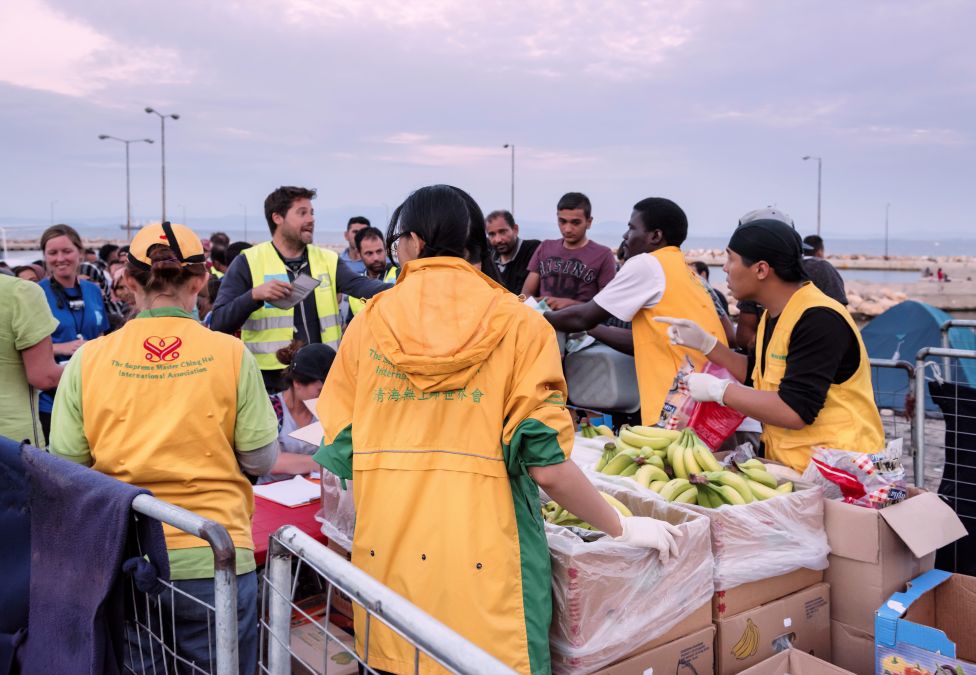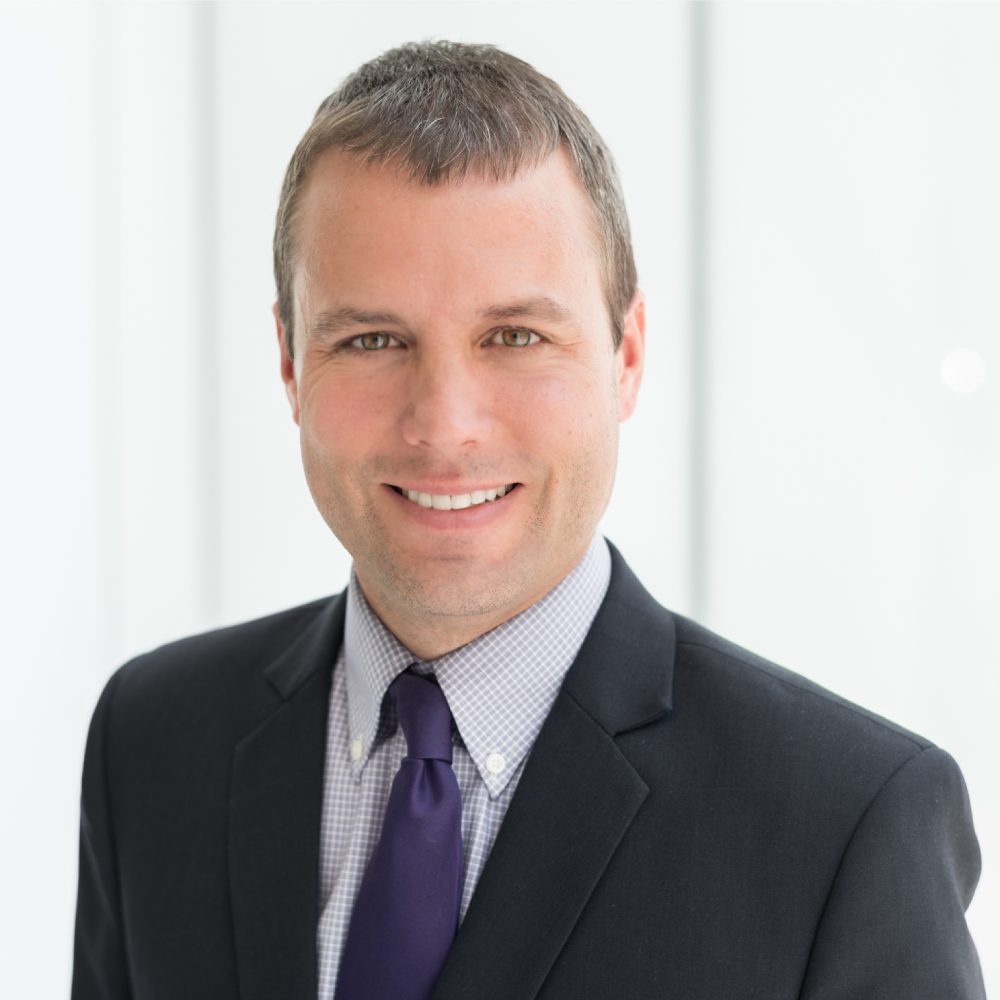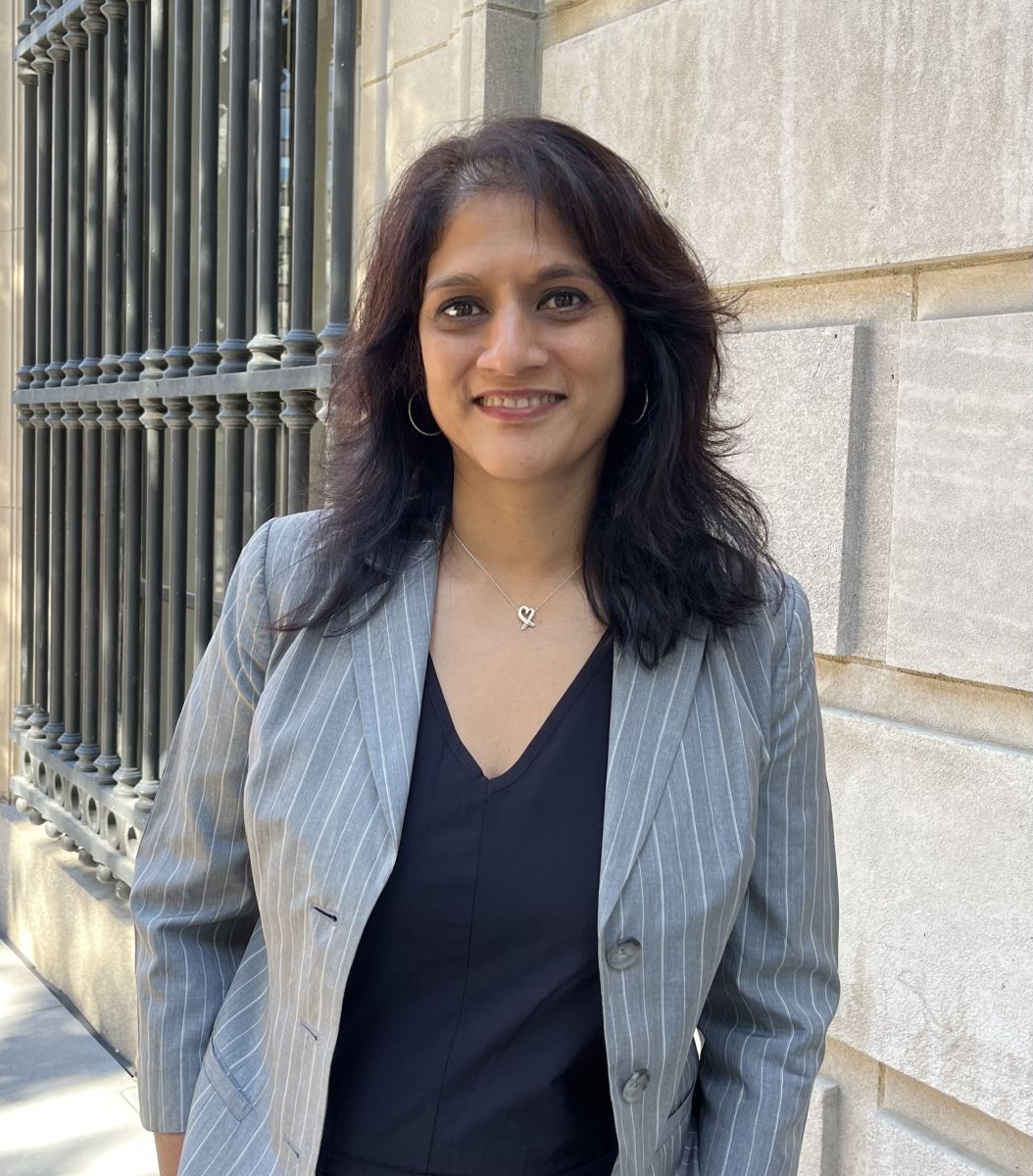
New report identifies ways NGOs can tap into private markets to support developing countries
WASHINGTON, March 19, 2020 — Following extensive research covering more than 500 implementing organizations that focus on health and education, a new report by the Milken Institute’s Center for Financial Markets (CFM) identifies ten important steps to spur the private investment needed to achieve the United Nation’s Sustainable Development Goals (SDGs).
Estimates suggest that achieving the SDGs requires additional annual investments of $2.5 trillion. The new report, Priming SDG Markets: Can International Donors and Implementers Create An Impact Investment Pipeline?, calls for public-private partnerships that align resources from key sources – such as the international donor community and impact investors – with implementing organizations that execute on a variety of programs ranging from early-stage clinical trials to last-mile distribution and service delivery.
“There is a critical need for bilateral and multilateral organizations to tap into the private market in order to achieve better outcomes for developing countries,” said Aron Betru, co-author of the report and managing director of the Milken Institute Center for Financial Markets. “The strategies outlined can be applied to a range of situations, from improving child outcomes globally to addressing health system gaps like that of the COVID-19 pandemic.”
Betru, who formerly served as CEO of Financing for Development, was actively involved in rapid bridge financing of health commodities in response to global emergencies. He underscores the need to build systems for developing nations to address public health crises.
“Across all the emergencies we have seen in the past, speed matters,” he said. “At a minimum, we need to be working with key organizations already on the ground. Be that small banks to ensure access to credit in underserved communities here in the U.S. or international development organizations in developing economies that are already contracted to deliver essential medicines as supply chain and logistics partners. These organizations are critical to ensuring we flatten the curve.”
Currently, much of the $150 billion in official development assistance is distributed to emerging and developing economies to build supply chains and infrastructures critical for both short-term health system shocks and longer-term resilience. Some of these efforts are executed by the international NGOs profiled in the report. These include Chemonics International Inc., FHI 360, Mercy Corps, Palladium, PATH, Population Services International, and Save the Children. The report features a four-part framework for stakeholders to transition traditional aid projects into early-stage companies so that the private sector can then bring these to the next phase of commercial development.
One case study highlights FHI 360, a foundation that was initially dependent on USAID funding to meet its mission to provide family planning resources to underserved populations. The authors traced how, over time, FHI 360 successfully diversified its funding by entering the commercial market and collaborating with pharmaceutical companies that were outsourcing clinical trial research programs. Most recently, the foundation’s assets increased significantly when its contract research organization, Novella Clinical, was acquired.
“Our report offers concrete ways to create a much larger pipeline of investible social innovations that address international development problems in a sustainable way,” said Betru.
Investors, CEOs, and donors can incorporate the report’s key takeaways to develop a more streamlined public-private collaboration to drive sustainable development, according to Betru. These include risk management, having a broad portfolio, being flexible based on results, and forging long-term, balanced relationships with stakeholders.
Methodology: How Can International Donor Programs Generate Market-Based Solutions?
CFM first identified more than 500 prominent implementing organizations within the fields of child health and education that could translate donor programs into investment opportunities. Through qualitative analysis, the researchers surveyed and interviewed a subset of high-potential implementing organizations across seven areas to gauge their interests in, experiences with, and capacity to transition donor-backed programs to private capital markets.
Supported by the UBS Optimus Foundation, Priming SDG Markets: Can International Donors and Implements Create an Impact Investment Pipeline? is co-authored by Betru, Christopher Lee, and Ragini Chawla.













